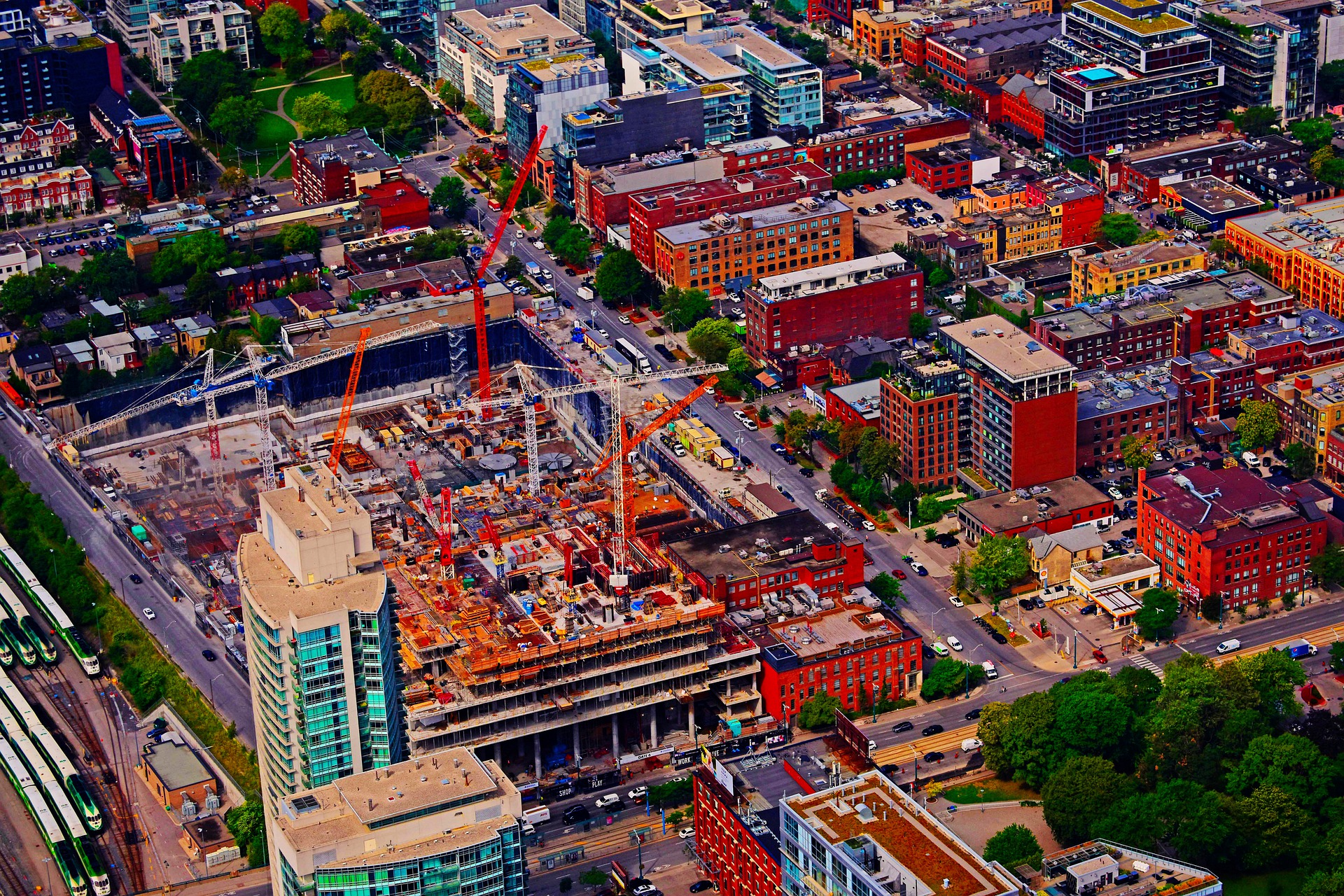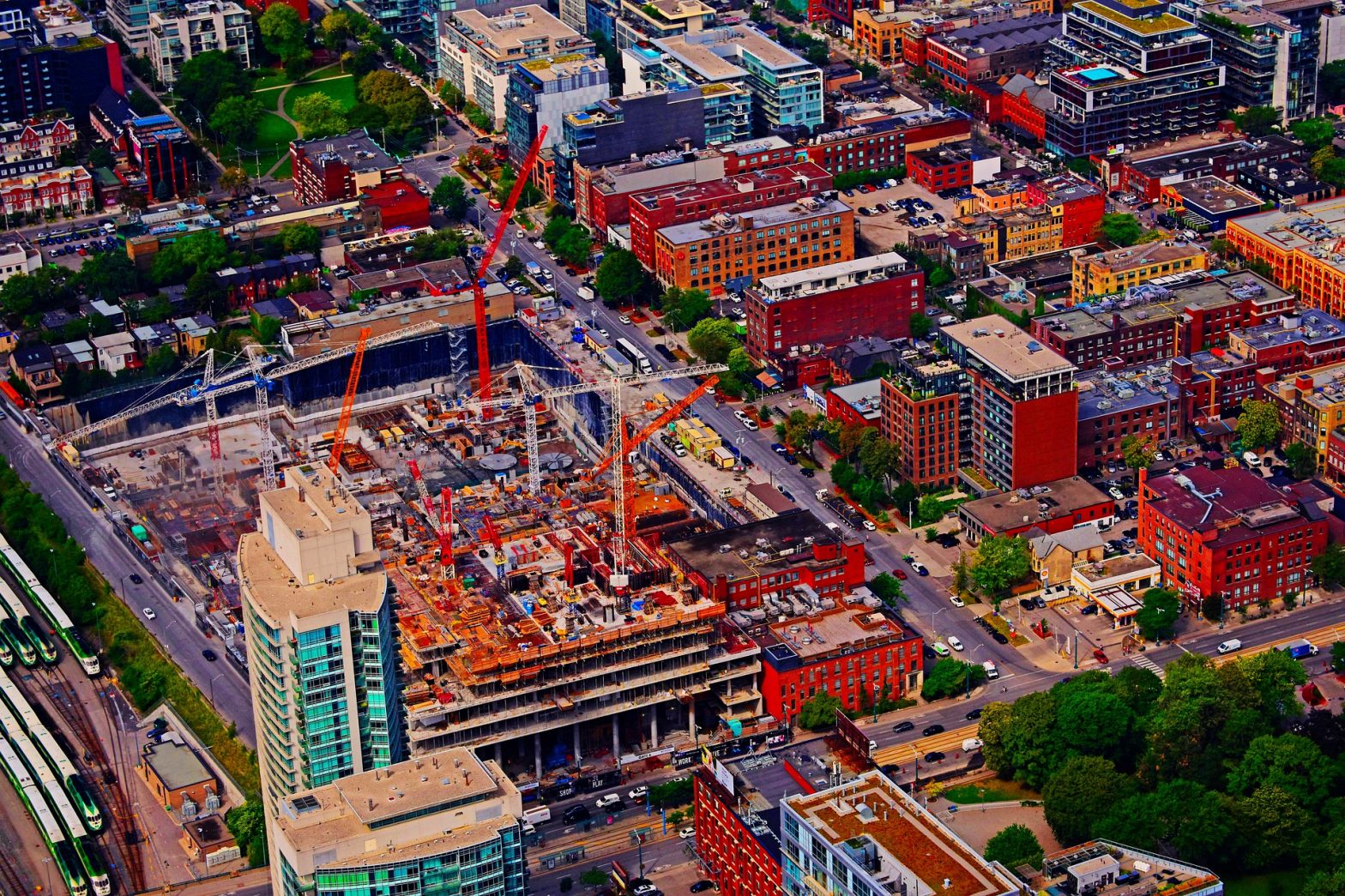The planning for a construction project in the urban environment is typically more complicated than in other areas. With greater density of construction comes traffic congestion, buildings and other structures in close proximity to the work and increased subsurface risk from utilities, underground structures and past land use. In addition, site-related factors can constrain design and construction options, or at least render certain options less feasible. As a result, construction is typically costlier and often more hazardous. This additional construction cost and risk can expose project investors and developers to considerable financial risk.
Stakeholder due diligence should reflect the risks and rewards of a project. Given the high costs, complexity and risk of urban construction, it is necessary to understand the cost- and risk-drivers underlying project feasibility. The best time to determine feasibility and devise strategies to control cost and manage risk is the pre-design phase. At this early stage, the project may be in the process of being studied as an investment, perhaps with aid of concepts developed by an architect. This precedes the ‘point of no return’ when few resources have been committed and few irreversible design decisions have been made.
Desk studies represent a low-cost approach to due diligence for evaluating site-related construction considerations in advance of more intensive investigations. A desk study usually consists of a review of information about a site from the owner, public sources, and sometimes other parties.
 You may be familiar with Phase I environmental site assessments (ESA). These are preliminary investigations of environmental conditions and risks that are built around a desk study of available information. A Phase I ESA can inform an owner and the design team about potential difficulties posed by hazardous materials and contamination. Similarly, a review of available information and analysis by an experienced specialist can allow inferences to be drawn about foundation requirements, underground structures, excavation methods and impacts on adjacent buildings and facilities, or what this website calls “Site-Structural” Engineering.
You may be familiar with Phase I environmental site assessments (ESA). These are preliminary investigations of environmental conditions and risks that are built around a desk study of available information. A Phase I ESA can inform an owner and the design team about potential difficulties posed by hazardous materials and contamination. Similarly, a review of available information and analysis by an experienced specialist can allow inferences to be drawn about foundation requirements, underground structures, excavation methods and impacts on adjacent buildings and facilities, or what this website calls “Site-Structural” Engineering.
So, how are insights relevant to a new construction project derived from available information? Here a few examples:
- Online mapping services with satellite imagery can allow you to virtually explore the vicinity of the site, and get a preliminary sense of adjacent properties and nearby infrastructure.
- Some cities have online GIS tools often including property records. The information that these tools provide varies, but may include owner contact information, approximate location of property lines, the occupancies, ages, general conditions, construction types and dimensions of buildings, and recent construction permits.
- For most cities, detailed maps have been published for real estate and insurance underwriting purposes. These maps often provide information about the dimensions and the general construction of buildings. By comparing maps from different decades, a history of structures on the site can be developed. This can be used to screen for common complications with abutting structures on the lot-lines, such as the need to stabilize party walls during demolition, and the need to underpinning shallow foundations. In addition, these maps may provide clues as to the potential presence of demolition debris or foundation remnants below ground.
- Old building codes and contemporaneous references can be used to infer construction details and material properties for adjacent structures.
- Geologic mapping and soil surveys can yield a preliminary picture of the subsurface conditions. This can be used to plan subsurface explorations and testing, develop foundation design concepts and as a screening tool for excavation means and methods. They may also be sufficient to make educated guesses as to whether nearby structures are supported on shallow or deep foundations.
Putting all this information together, it may become clear that a building to be demolished likely shares a party wall with the building next store and the party wall will have to be underpinned. Or perhaps to build an underground parking garage will require the contractor to excavate rock or fight groundwater. Perhaps shallow soils are likely poor, but the construction type, condition or occupancy of adjacent buildings are not conducive to pile driving. There may be a transit facility nearby and approval from the operating agency may be necessary to obtain permits. These considerations might change the direction of a project or even render it infeasible. Wouldn’t you rather know that before design was complete or construction had started?
Adequate due diligence allows for site-specific constraints and hazards to be investigated and mitigated holistically as part of the design process. In some cases, these considerations will present severe tradeoffs between programmatic objectives, like below-ground space, and construction difficulties. In other cases, a particular structural system may follow from a combination of factors. For example, the need for below-ground space, high foundation loads, poor near-surface soils with groundwater and lot-line structures on shallow foundations may warrant the use of a permanent rigid excavation support system.
A holistic view of site-related construction considerations is especially crucial in places where contractors are less accustomed to urban construction. For these projects design professionals must take construction considerations into account and if necessary adjust the project design for constructability and the anticipated capabilities of contractors.
Despite what many owners and design professionals might wish, construction projects are not built in a vacuum. All construction projects have site-specific considerations. However, on urban sites more universal factors like subsurface conditions and loads from natural hazards are exacerbated by vestiges of prior land use and nearby buildings and infrastructure. These factors interact, sometimes in complicated ways, and that introduces considerable uncertainty to the design and construction process. For a very low cost relative to that of the project, a site-structural desk study can reduce uncertainty and begin to untangle how site-specific factors and project elements interact. This can set the project in the right direction and reduce adversity during construction.
The information and statements in this document are for information purposes only and do not comprise the professional advice of the author or create a professional relationship between reader and author.
